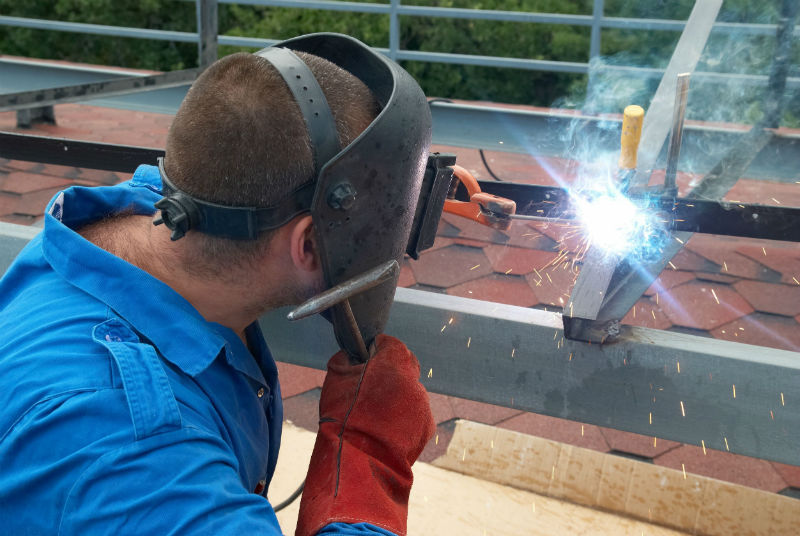The emphasis on high-volume, high-efficiency assembly line labor distinguishes production welding, a staple of the industrial industry. The goal of this specific type of welding is to produce large quantities of components that maintain consistent quality and uniformity. Productionwel Welding, which uses modern technology and processes, is critical in the automotive, aerospace, construction, and consumer products industries.
Techniques and technologies Transforming production welding
The most prevalent production welding processes are MIG (metal inert gas), TIG (tungsten inert gas), and spot welding. Each process has various advantages depending on the material, weld strength requirements, and manufacturing speed. MIG welding, for example, is valued for its speed and versatility with a variety of materials, making it a popular choice in car manufacturing.
Recent advances in robotic welding have further transformed this field. Robots offer remarkable uniformity and speed, lowering human error and increasing efficiency. Automated welding stations can now operate 24 hours a day, seven days a week, with minimum supervision, dramatically reducing production times and costs.
Impact of Production Welding on Industry Standards and the Economy.
Production Welding has been used in a systematic manner, which has significantly improved manufacturing efficiency. According to industry analysts, organizations that have used automated welding systems have experienced up to a 50% boost in production rates as well as a significant reduction in personnel expenses. Furthermore, the precision of robotic welding has improved product quality, resulting in lower defect rates and increased customer satisfaction.
In terms of economic impact, the welding industry makes a major contribution to worldwide manufacturing output. According to an American Welding Society report, welding is required for more than half of all products in the United States. Furthermore, the quest for more sustainable manufacturing processes has resulted in advancements in welding technologies that reduce waste and energy consumption, in line with global environmental objectives.
Production Welding Challenges and Future Opportunities
Despite its numerous benefits, industrial welding confronts problems such as the necessity for qualified operators to operate complex machines and the significant initial investment in robotic technology. The company is also dealing with the challenges of welding new composite materials for use in high-tech areas such as aerospace.
Looking forward, the future of Production Welding is promising. Industry trends indicate an increasing preference for more intelligent welding systems with advanced sensors and AI capabilities. We project these advancements to enhance welding operations, reduce operational costs, and boost adaptability in constantly changing market conditions.
Spotlight on Micro Weld: Precision Welding Solutions
As we examine the changing landscape of Production Welding, it is critical to acknowledge significant industry players such as Micro Weld. They are well-known for their devotion to precision and perfection, and they specialize in micro-welding services for industries that value detail and accuracy. Their cutting-edge technology and professional team allow them to produce high-quality welds that ensure dependability and performance in crucial applications.

